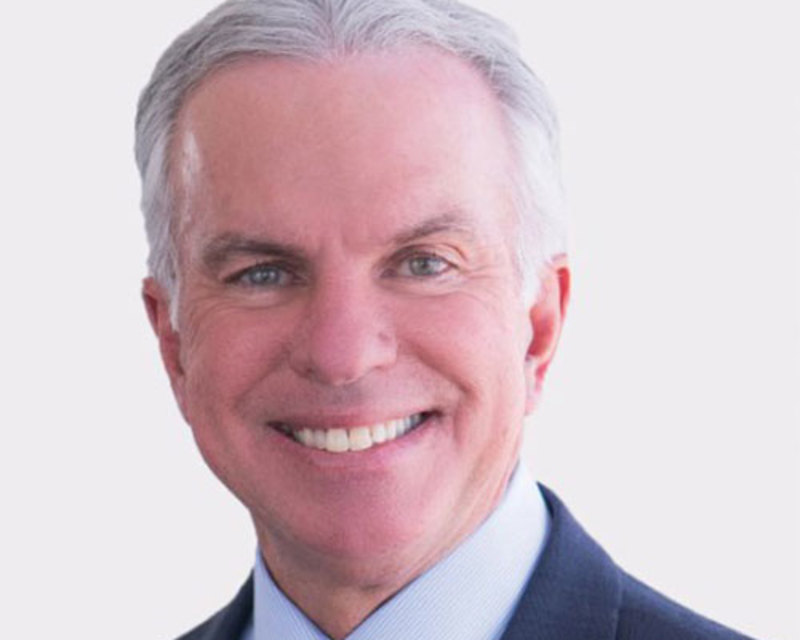

Counting down to a US recession
A US recession is more likely than not, and inflation and higher rates look like they’re here to stay. The silver lining though is that any downturn should bode well for value investing, says Mike Mullaney, Director of Global Markets Research at Boston Partners.
Summary
- A wide range of indicators mostly point to an impending US recession
- Triggering unemployment to curb excess demand is unpalatable
- Inflation to remain stickier for longer but value set to do well
He says the traditional factors that typically predict a recession are well established, and the US Federal Reserve faces a rock and a hard place when it comes to tackling inflation that is being fueled by a consumer spending boom, essentially requiring unemployment to rise.
The flipside for long-time value investors such as Boston Partners is that recessions are historically good for the value style, which seeks out companies whose true potential is not reflected in their share prices, he says.
“Almost all the traditional indicators are leaning towards a recession, the inverted yield curve in the bond market being the number one factor,” Mullaney says. “The second is M2 money supply which has fallen precipitously on a year-over-year basis and is now in negative territory. Every time we have seen a contraction of M2 to that level, we’ve had a recession.”
“The third factor is the Conference Board leading indicators, a series of ten different underlying indicators that is down 8% on a year-over-year basis annualized over six months. A drop of 4% has been the trigger point in the past for recession, and we’re now at double that level.”

The Conference Board US Leading Economic Indicator. Source: Conference Board
Conditions for the recession were laid down in 2022 when double-digit inflation sparked by years of zero interest rates and quantitative easing ran head on into the food supply and energy crisis that followed Russia’s invasion of Ukraine. This led to dramatic rate hikes by nearly all global central banks that are intended to leave consumers with less money to spend, curtailing price rises as demand slows.
Yet, consumer spending remains robust, and unemployment has not yet tanked, as employers offered generous pay rises to keep hold of their staff. This has led to the situation where the services sector – usually the first to crumble amid high inflation and a recessionary threat – has not yet fissured.
“The consumer is still in great shape, the unemployment rate is 3.4%, wages are still growing – basically at 5%-plus right now – so there's been no pain at the consumer level,” Mullaney says. “And the consumer is upwards of 70% of US GDP. So it looks like it's going to be a much longer period of time before a recession shows up compared to historical standards.”
“In the past, when the Conference Board indicators have gone negative, the lag factor has been anywhere from two to 18 months to when a recession actually starts. The readings first went negative in December 2021. So it should be the summer when we start seeing some significant contraction in US economic growth.”
It’s difficult to combat inflation
High inflation will remain very difficult to tackle using standard policy, Mullaney warns. “I'm an inflation bear,” he says. “Research that uses 52 years’ worth of data for 14 different developed markets has shown how sticky inflation becomes when you breach certain levels of it.”

With a PMI below 50, the manufacturing sector is in contraction, while services are still strong. Source: Bloomberg, S&P Global
“The rule of thumb is that once you've breached 8% – which we did globally – it takes on average 11 years to get back to 3%. So we’re looking at persistently sticky high inflation. Going from 8% to 5% is going to prove much easier than going from 5% to the Fed’s inflation target.”
“I also think that interest rates are going to be higher for longer. We've still got negative real rates, if you use the conventional way of taking the 10-year Treasury bond yield relative to the headline CPI. We can possibly get back to a positive on conventional real rates by the end of the year if inflation does come down.”
Get the latest insights
Subscribe to our newsletter for investment updates and expert analysis.
Unemployment needs to rise
However, solving the inflation conundrum would theoretically involve something politically unpalatable, and that’s raising the unemployment rate. The non-accelerating inflation rate of unemployment (NAIRU) – the level that does not cause inflation to increase – was calculated by the Congressional Budget Office to be 4.3%.
“We're currently at 3.4%, so we're nowhere near that,” Mullaney says. “The rule of thumb for this one is that we're going to have to increase unemployment by at least 0.5 percentage points to at least 3.9% before it starts making a difference. Usually when the unemployment rate has risen by 0.7 percentage points is when the Fed will truly pause.”
“It therefore means that the Fed has to increase the unemployment rate to create the level of demand destruction that reduces inflationary pressures. And we don't think that Fed Chairman Jerome Powell would be able to withstand that kind of level of political pressure if he did that.”
“Headline CPI is going to come down precipitously, but it’s the core rate you have to focus on. That's at 4.6% right now. The Fed won’t get to its 2% target without a recession, plain and simple. ”
Value versus growth investing
Going into a recession would bode well for growth investing, which was the dominant force for 12 years following the great financial crisis. Until the start of 2023, value investing had been in favor since the announcement of the first vaccines in late 2020.

Value versus growth in April (blue lines) and the year to date (green lines): Growth has been winning in 2023. Source: Bloomberg
“Growth investing always does well when there's a dearth of growth,” says Mullaney. “Going into a period where there is a dearth of growth, tech will still do really well, because that's where everyone's perception of growth is.”
“Tech has become the new quality trade. Quality is doing well and growth is doing well right now, and I don't see that changing until a recession begins.”
Two things will happen
“When you come out of recession, two things are going to happen. We're going to have a higher level of real interest rates than we've seen for the last 10 to 12 years, and value does well in elevated levels of real rates. Value also does well with elevated levels of inflation, and I don't think we’ll go back to 2% inflation.”
“As always, you need patience for value investing. Value is not a trading strategy; it is an investment strategy. Value has a longer pay-off window than growth does. Growth generally gives you more volatility, but usually has a shorter pay-off window.”
“Perhaps the best quote is from Warren Buffett, who is a value manager. When asked ‘What is your favorite holding period?’, he replied: ‘Forever!’”






















